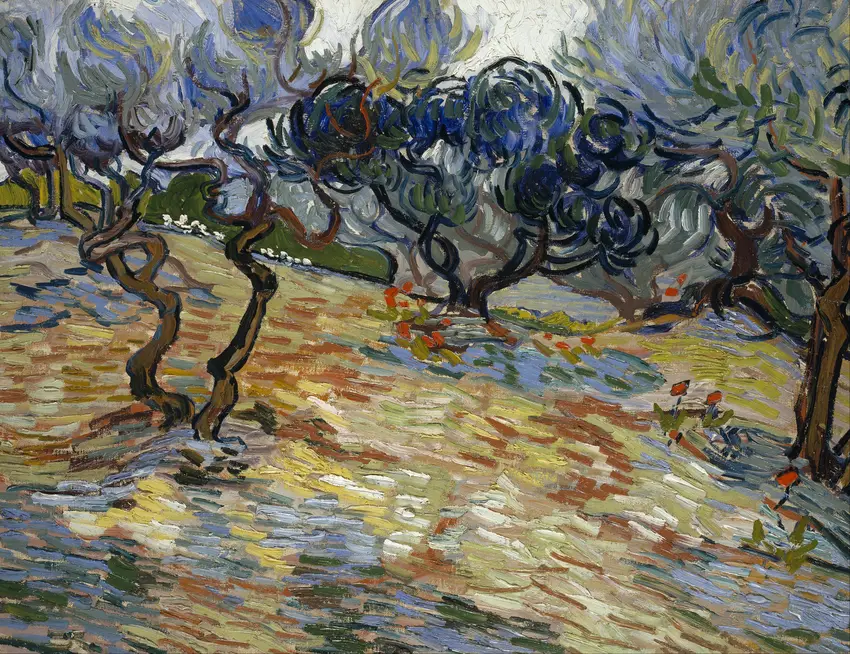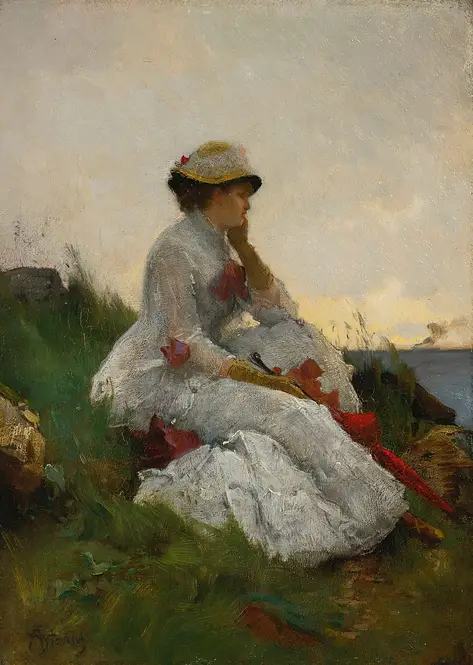The Mona Lisa, painted by Leonardo da Vinci, is one of the most enigmatic and celebrated portraits in art history. Her subtle, mysterious smile and the dreamlike landscape behind her have captivated viewers for centuries. The delicate sfumato technique—soft, smoky transitions between colors—gives her face an almost lifelike presence, as if she might speak at any moment. The painting’s composition, with her hands folded gracefully and gaze meeting the viewer, creates an intimate yet elusive connection. Some speculate the subject was Lisa Gherardini, a Florentine merchant’s wife, but her identity remains shrouded in legend.
Beyond its technical mastery, the Mona Lisa embodies Renaissance ideals of harmony and humanism. The winding rivers and hazy mountains in the background suggest depth and infinity, contrasting with her poised stillness. Over time, the work has inspired countless theories—from hidden symbols to stolen art heists—yet its quiet power lies in its simplicity. A single glance feels like a conversation across time, leaving us to wonder what secrets lie behind that knowing smile.

-full.webp)
-full.webp)




 (1892)-full.webp)
-full.webp)
-full.webp)